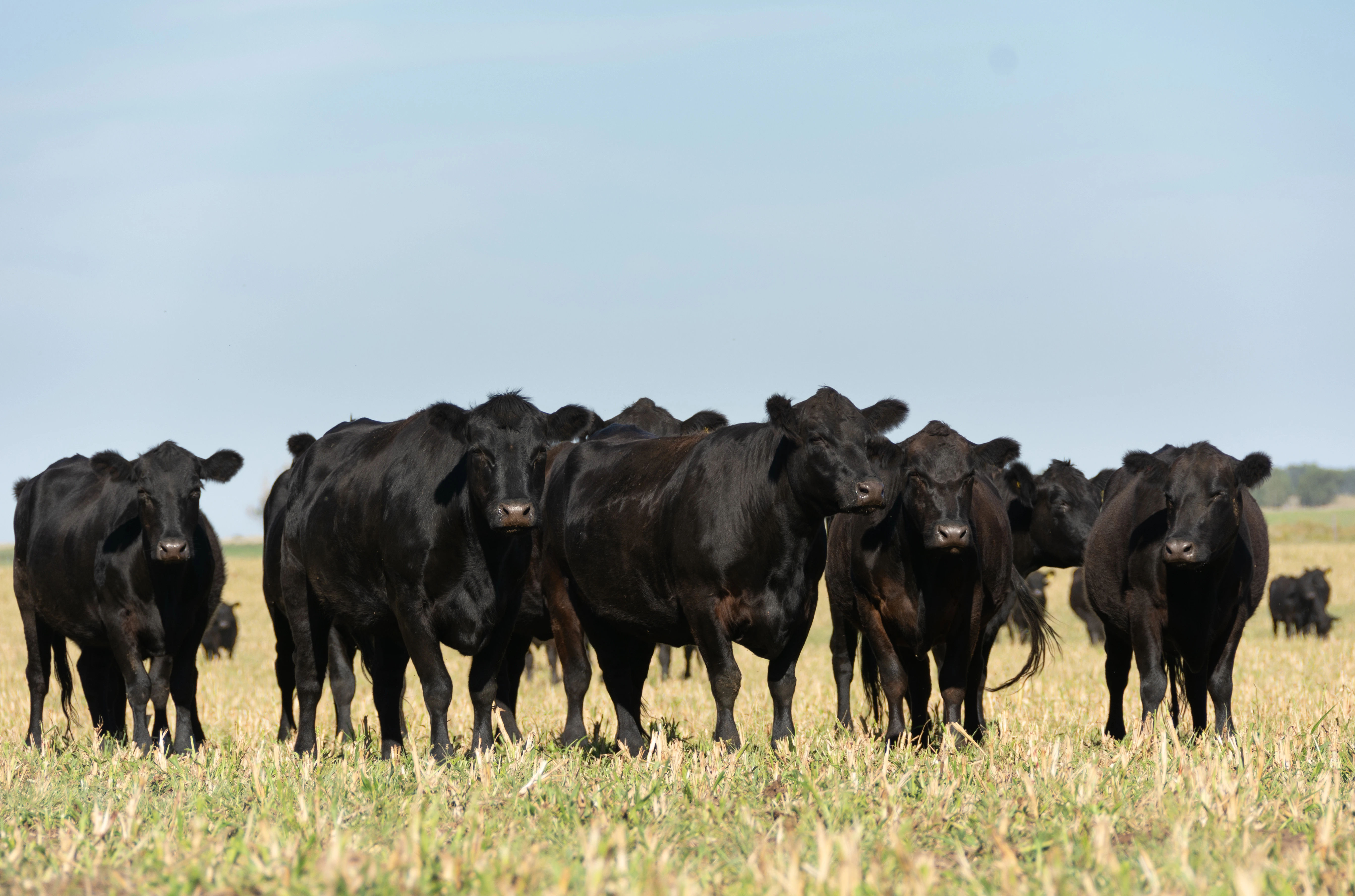
Even in a well-vaccinated herd, BVD infections can still occur.
When exposed to the virus through a persistently infected (PI) animal, cattle may develop mild symptoms. They might run a slight fever, have elevated respiratory rates, or don’t eat well; but oftentimes they don’t have diarrhea or any other clinical signs of BVD. So, these cows may be recorded as having another health issue that you do track on the dairy.
Signs Of BVD

The signs of BVD in a well-vaccinated herd are subtle. And some producers may mistakenly believe they can’t have BVD because they vaccinated, or because the cow doesn’t have diarrhea. But unless you test all calves, remove any PI animals, and maintain a closed herd, there will be instances of circulating transient infections of BVD in your herd.
When BVD is present in the herd it makes any other health issue worse. It’s a drain on the cows’ immune system which makes it harder for cows to stay healthy. BVD doesn’t always present with classic signs. In a well-vaccinated herd, it often gets recorded as whatever common health issue that it most closely resembles that is listed in your herd management software such as pneumonia, metritis, mastitis, diarrhea, or stomach upset. Even though you won’t see lots of abortions and diarrhea like before good vaccines were developed, BVD may still be lurking in your herd.
The first place to look is in your hospital pen records. If there is a change in the baseline of any of the health problems that you track in the herd, pay attention. For example, if your herd normally experiences three or four cases of cows with fever and respiratory issues per month, and you suddenly have five or six cases in two weeks, that’s a change from the normal pattern or baseline.
You need to recognize that change and investigate. Each cow needs a good physical exam and to be assessed by a veterinarian. You need to determine if it is metritis in a newly fresh cow, toxic mastitis, or if the fever indicates infection. If the only clinical signs are a slightly elevated respiratory rate and temperature, look at how many cows are impacted. Your investigation should rule out other health issues first, and then decide if you should test for elevated BVD titers.
The second place to look is in your reproductive records. With the tremendous advancements made in the last five years in reproductive efficiency, conception rates have really improved. Anytime you see a decline in your average conception rate of 4% to 5% or greater — that cannot be explained by seasonality — you should investigate. When there are enough PI animals in the herd shedding the BVD virus it becomes more difficult to get cows pregnant.
What To Do If My Cow Is Exposed to BVD

Whenever a vaccinated cow is exposed to the virus between 60 and 120 days of gestation the resulting calf may be persistently infected with BVD. This is the only way PI animals can be created and why all calves should be tested for BVD at birth. If positive, they should be humanely euthanized and not sold to someone else. Eradicating BVD from dairies requires an industrywide effort.
Many PI animals die before they enter the lactating herd. But a small percent do survive and get vaccinated just like any other animal on the farm. These animals look like healthy, happy cows. But when they shed the virus; it impacts the health of other animals on your dairy. When clinical signs occur, make sure your diagnostic checklist includes BVD. Be sure to select a BVD test that also checks for PI animals and not just transient infections.
If you would like to learn more about BVD, or the testing services offered at The Dairy Authority Lab, please contact us at tech@dairymd.com.








